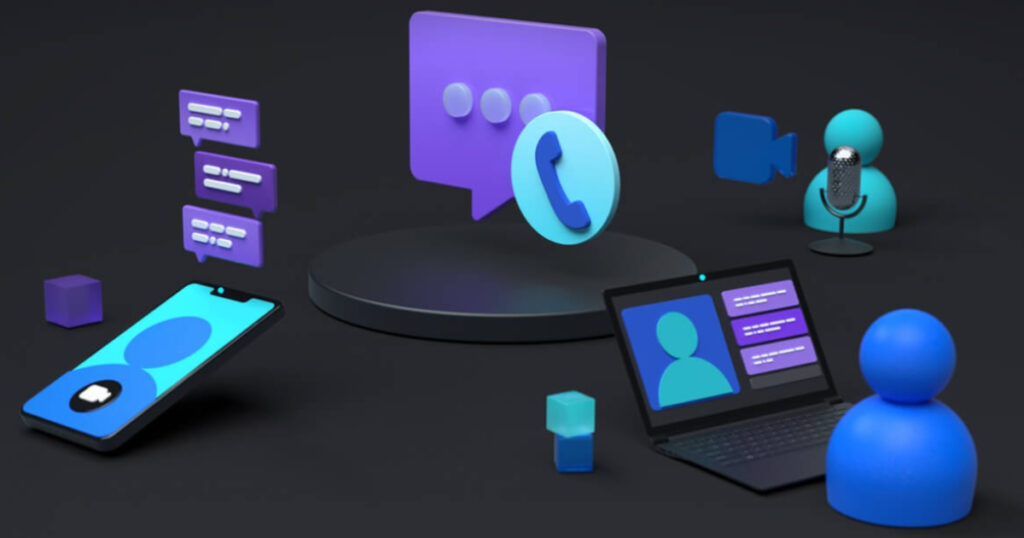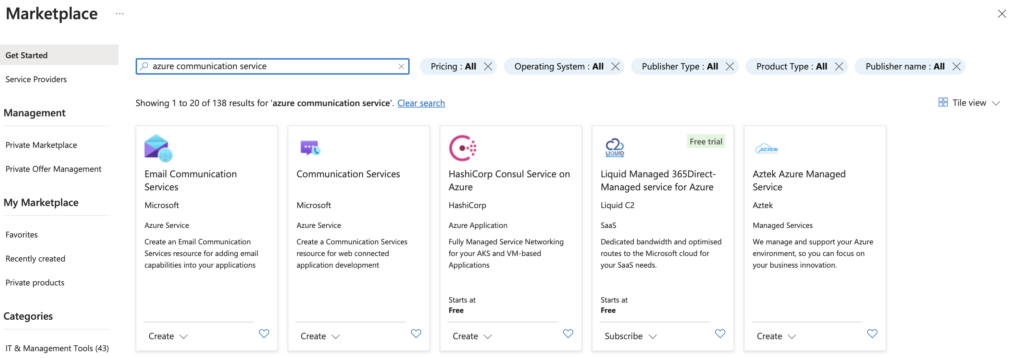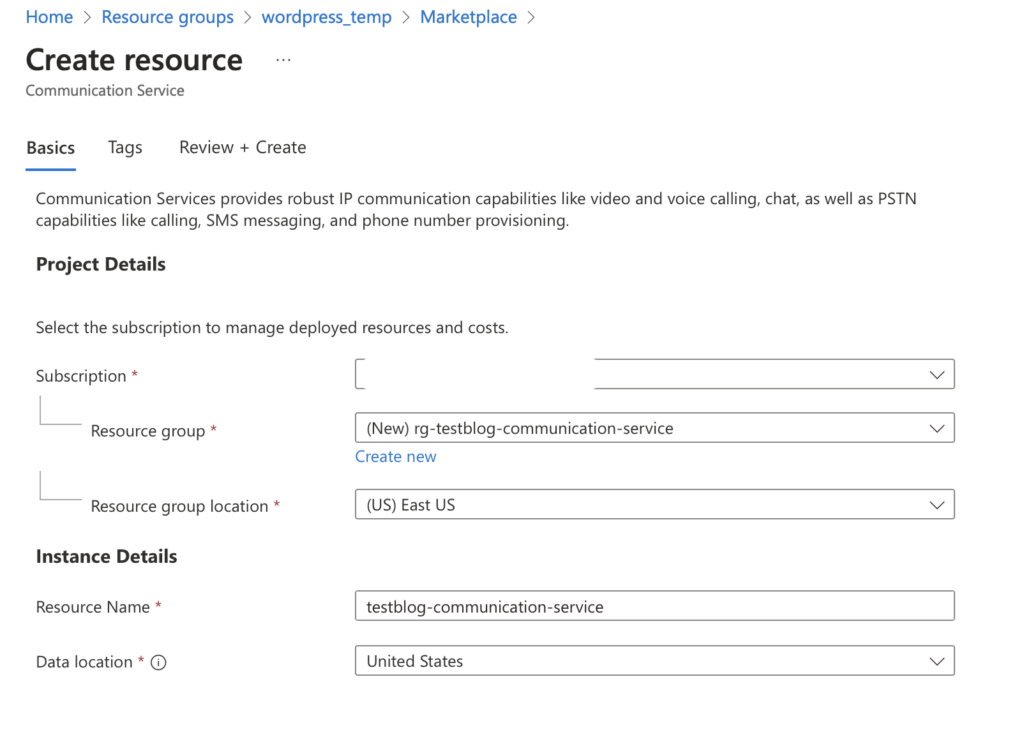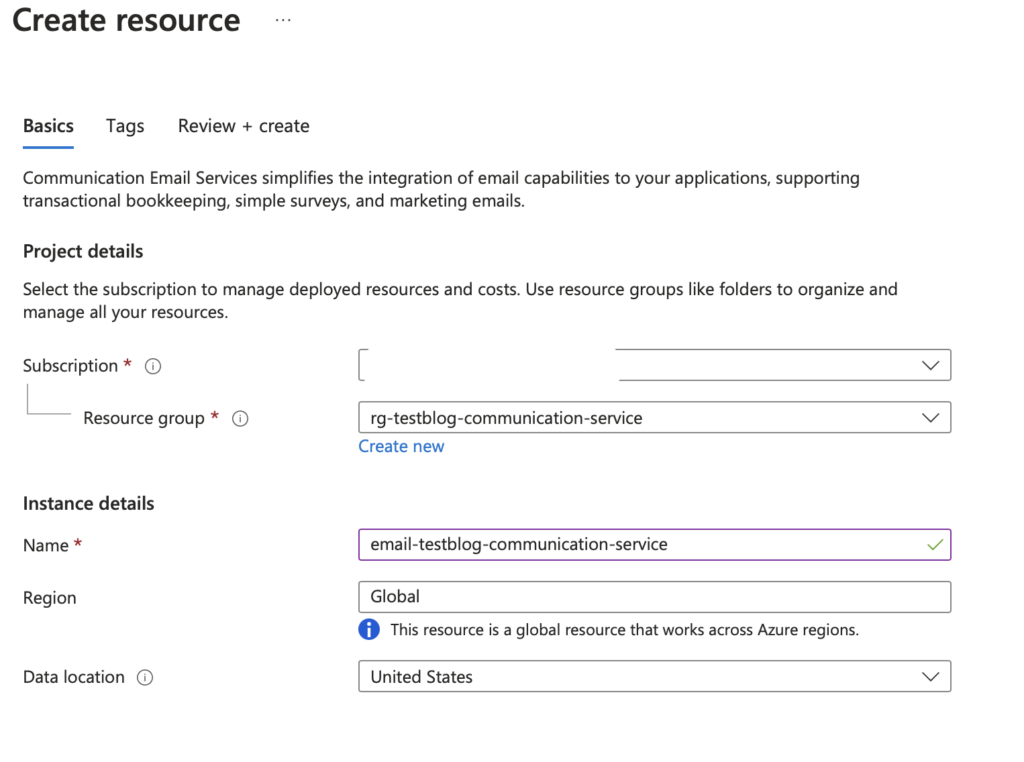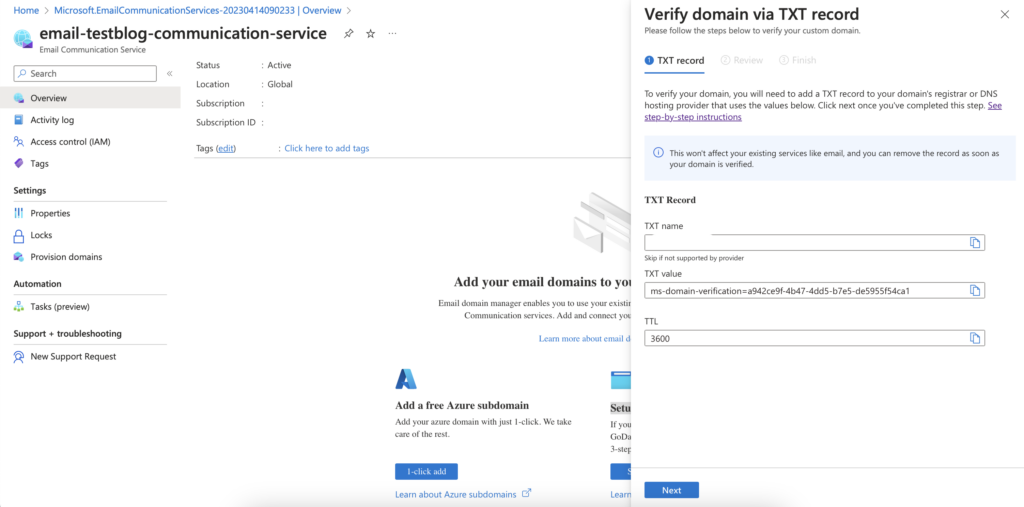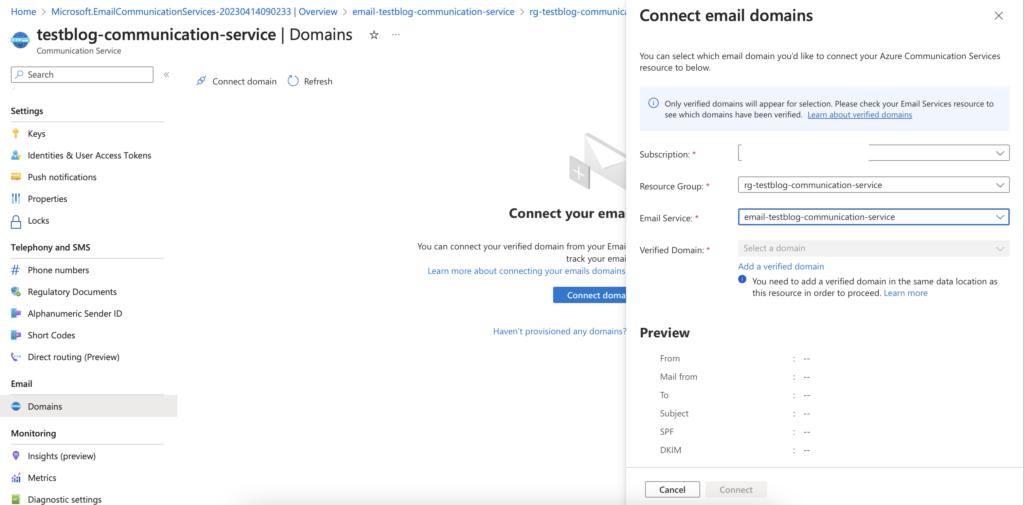
In the ever-evolving landscape of cybersecurity, the ability to swiftly and accurately detect threats is paramount. As cyber adversaries become increasingly sophisticated, traditional security measures alone are no longer sufficient to safeguard digital assets. In this blog post, we’ll explore how Azure leverages the transformative capabilities of artificial intelligence (AI) to elevate threat detection to new heights, ensuring proactive defense against emerging cyber threats.
Unraveling the Complexity of Threat Detection
Traditional methods of threat detection often rely on predefined rules and signatures to identify known patterns of malicious activity. While effective against known threats, these approaches struggle to keep pace with the rapidly evolving tactics employed by cybercriminals. This is where AI-driven threat detection in Azure shines, leveraging advanced machine learning algorithms to analyze vast volumes of data and uncover subtle indicators of potential threats.
Harnessing the Power of Machine Learning
At the core of Azure’s threat detection capabilities lies the power of machine learning. By ingesting and analyzing diverse datasets encompassing network traffic, user behavior, system logs, and more, Azure’s AI algorithms can discern patterns and anomalies indicative of malicious activity. Unlike rule-based systems, which are limited by predefined parameters, machine learning models in Azure adapt and evolve over time, continuously refining their ability to differentiate between benign and malicious behavior.
Real-Time Anomaly Detection
One of the key strengths of AI-powered threat detection in Azure is its ability to identify anomalies in real-time. By establishing baseline profiles of normal system behavior, Azure’s AI algorithms can detect deviations from these norms that may signal a potential security threat. Whether it’s unusual network traffic patterns, unauthorized access attempts, or anomalous user behavior, Azure’s AI-driven approach ensures timely detection and response to emerging threats.
Behavioral Analysis for Enhanced Insights
In addition to detecting anomalies, Azure’s AI-powered threat detection goes a step further by performing behavioral analysis to gain deeper insights into potential threats. By examining patterns of behavior across multiple data points and over extended periods, Azure can discern subtle indicators of malicious intent that may elude traditional detection methods. Whether it’s identifying the subtle signs of a targeted phishing campaign or detecting the early stages of a ransomware attack, Azure’s behavioral analysis capabilities provide invaluable intelligence for proactive threat mitigation.
Empowering Security Teams with Actionable Insights
Effective threat detection is not just about identifying anomalies; it’s also about providing security teams with actionable insights to respond swiftly and decisively. Azure’s AI-driven threat detection capabilities empower security analysts with rich contextual information, including the severity of the threat, the potential impact on the organization, and recommended courses of action. By streamlining the incident response process and providing granular insights into detected threats, Azure enables security teams to mitigate risks more effectively and minimize the impact of security incidents.
Conclusion
In an era defined by escalating cyber threats and increasingly sophisticated adversaries, the need for advanced threat detection capabilities has never been greater. Azure’s AI-powered approach to threat detection represents a paradigm shift in cybersecurity, harnessing the power of machine learning and behavioral analysis to uncover threats that traditional methods may overlook. By empowering organizations with real-time insights and actionable intelligence, Azure enables proactive defense against emerging cyber threats, safeguarding digital assets and upholding the trust of customers and stakeholders alike.



